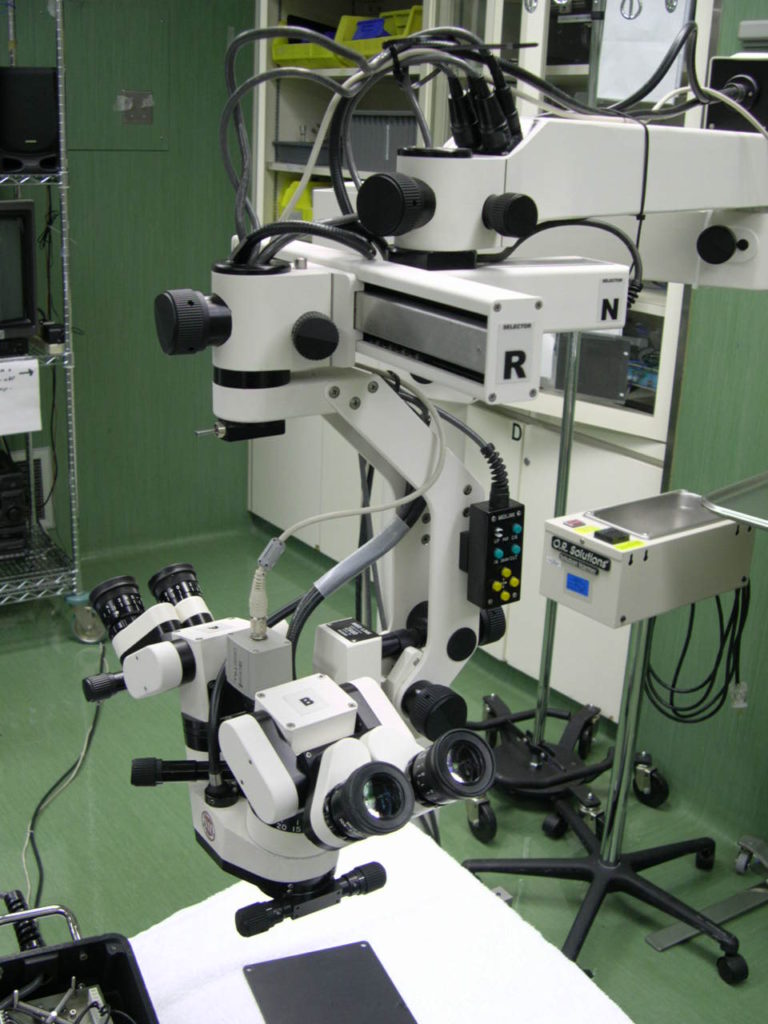
Binocular surgical microscopes are a hard technology to replace. When will reconstructive microsurgeons stop wanting a crystal-clear view, fantastic stereopsis, and ideal color rendering in visible light? When will they stop appreciating everything they need at their fingertips, and nothing irrelevant to the discipline cluttering their workspace? Why should such equipment have an End of Life (EOL) designed in?
Helmut Golda, the engineer who designed Medlink microscopes, was aware of the basic, timeless nature of this application. So he designed Medlinks to last as long as the institutions that used them. In fact, we have seen many institutions go under, their Medlinks sold to another institution. Helmut died never having known the meaning of End of Life (EOL). Medlinks are made of copious amounts of real metal and glass. Most of it is immune to time. The electrics are basic, made of simple parts.
Anything that ages or wears out or is subject to physical damage, we can replace. Any components Medlink sourced from other manufacturers, we carry. When a manufacturer discontinues such a product, we design new assemblies that use products that are currently in production. When a reliability issue starts trending, we design parts that solve it.
We even offer freshly remanufactured and painted castings, machined to the latest production specs and stuffed with the latest parts, so even your old DZ801 floorstand can have all the advanced features of the latest Z880. The only way End of Life (EOL) happens to a Medlink microscope is through extended neglect, and the resulting low confidence of staff.
With yearly service, your Medlink microscope does not have to age. Staff morale about the unit will remain high, because using it will remain simple and satisfying. Your institution will not face the pressure to spend that $125,000 on the next microscope, that would come of having crumbling equipment.
